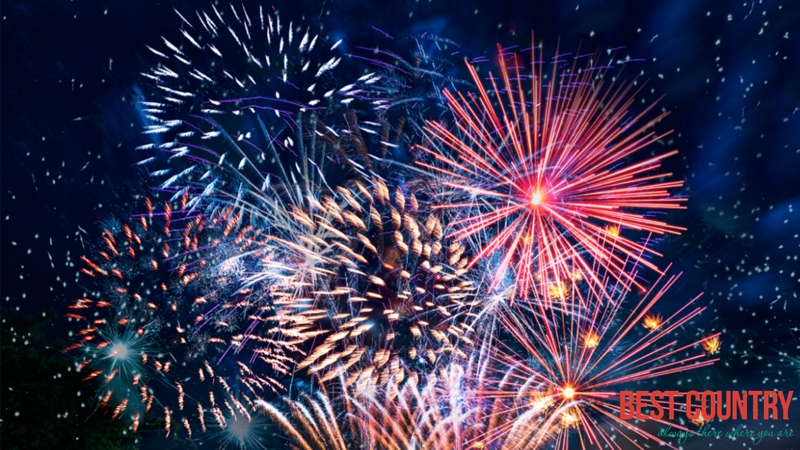Nauru
Culture of Nauru
The displacement of the traditional culture of Nauru by contemporary western influences is very clearly visible on the island. Only little remains preserved from the old customs. The traditions of arts and crafts are lost nearly completely.
Nauru — Festivals and Events
This little island’s biggest festivals are Independence Day, the day Nauru was officially declared a free republic, and Constitution Day, the day the island’s constitution was signed. Both of these historic events took place in 1968. Another important holiday is Angam Day, when the population mark hit 1,500, required to continue the survival of its people. Sporting competitions play important parts in several island festivals.
Nauru Tourist Attractions
Nauru may not initially appear to contain many tourist attractions on its surface, but the island does hold a few unusual landmarks worth a closer look. Buada Lagoon is one of the few places on the island where trees grow freely. The Moqua Well, actually an underground lake, and Moqua Caves stand steps from the parliament building and the airport. Nauru’s highest point, the 213-foot Command Ridge, may not look like an impressive mountain peak, but its summit is among the few in the world where climbers can admire the view of an entire country.
